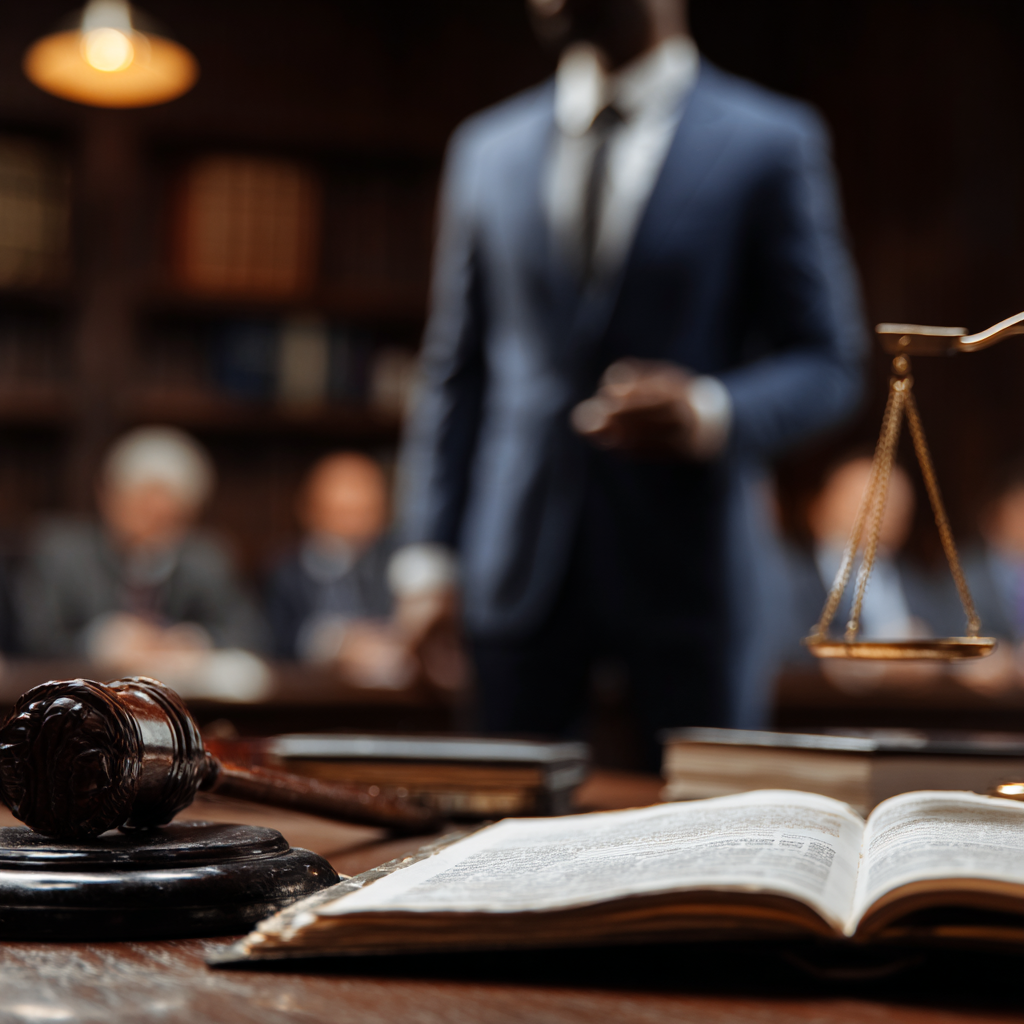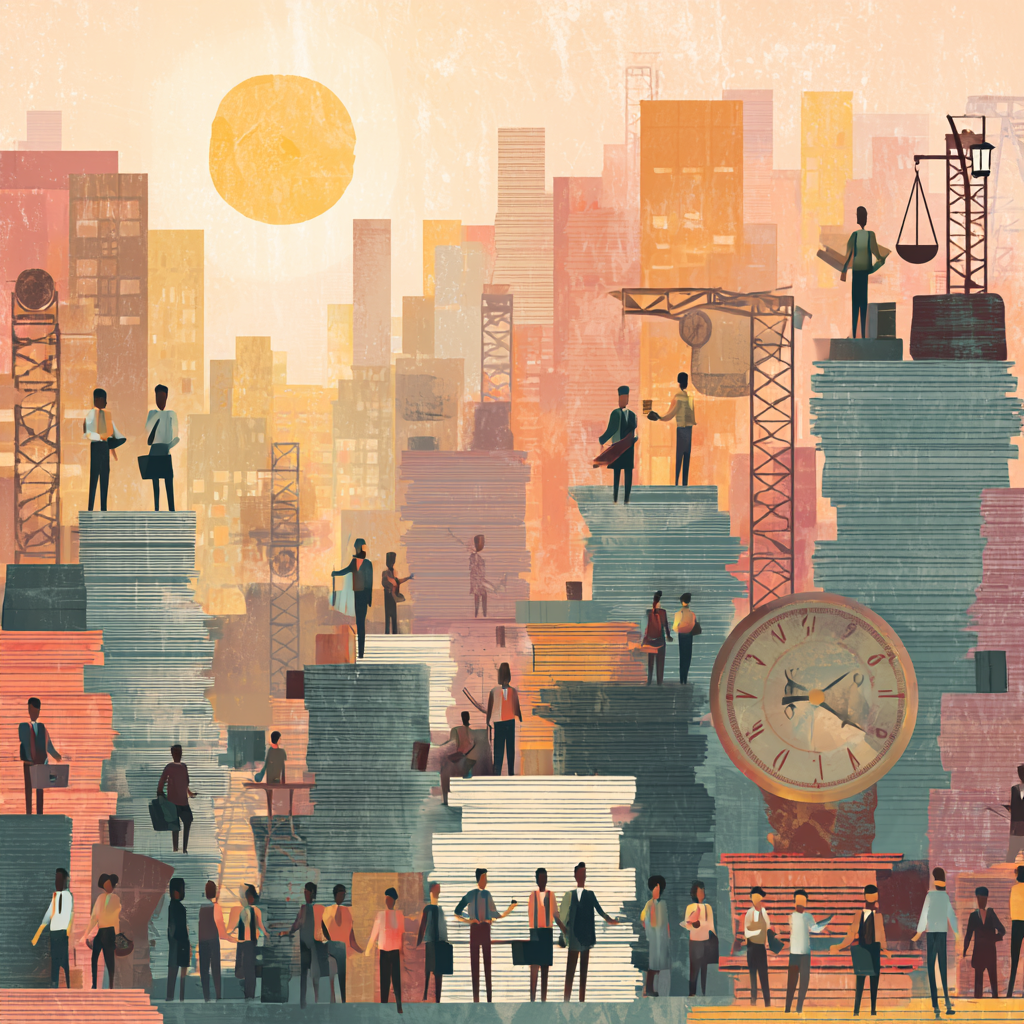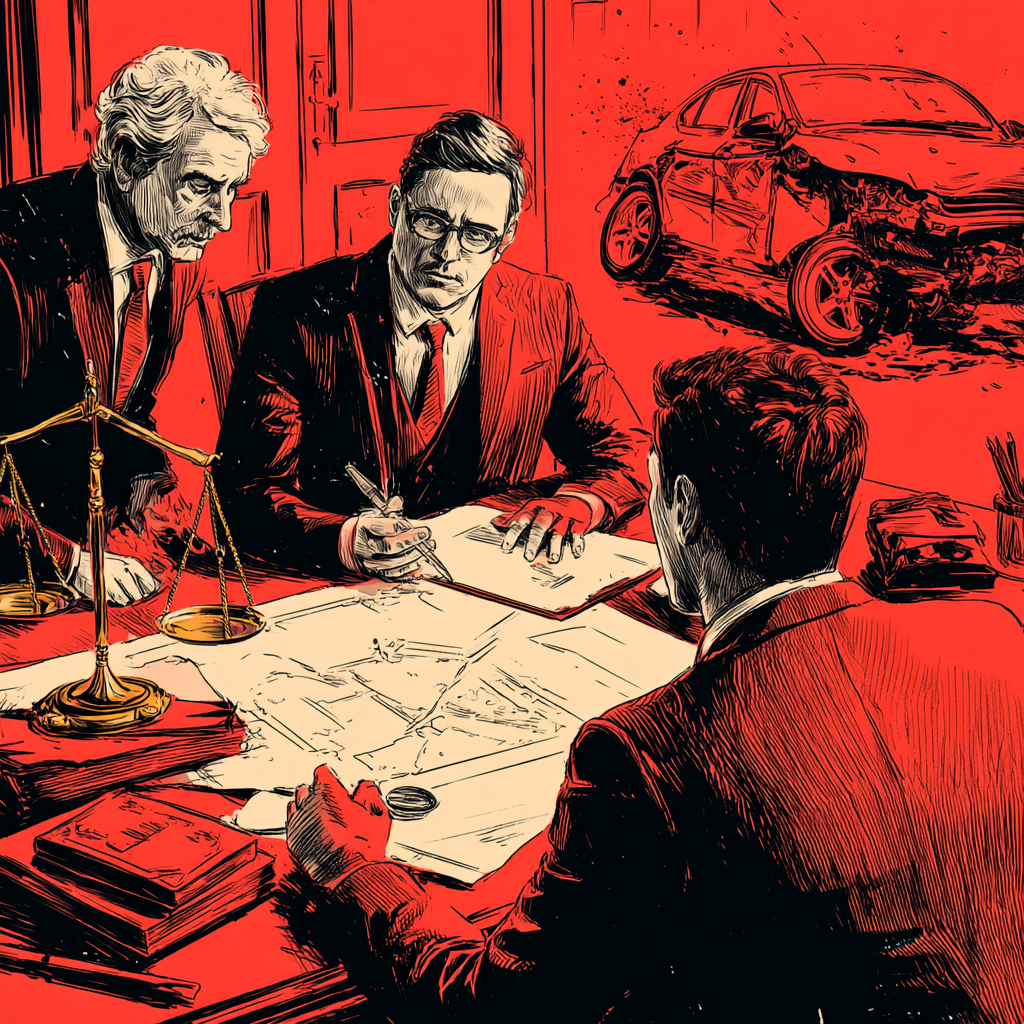
Introduction: Grasping Premises Liability in New York
People often dismiss slip-and-fall accidents as minor mishaps, yet these incidents cause serious injuries in a bustling place like New York. Busy sidewalks and changing weather turn everyday strolls into risky ventures. Property owners hold the duty to keep their premises safe for everyone. This core idea fuels slip-and-fall claims, where injured people seek payments for harms stemming from hazardous conditions. New York laws, drawn from statutes and past court decisions, demand that owners act reasonably to prevent foreseeable dangers. The New York State Department of Health logs thousands of emergency room trips yearly from falls, with many happening in retail spaces or residential buildings. These numbers stress the importance of understanding this legal field. The sections ahead detail strategies for victims, from gathering proof to facing trial obstacles, all aimed at building stronger cases.
The Legal Base: Core Parts of a Premises Liability Claim in New York
Victims must prove four main elements to win a premises liability claim in New York. Property owners owe visitors a duty of care. Owners maintain safe environments for people like customers in stores or guests in homes. Owners violate this duty with negligence, such as failing to clean a spill or post warnings. Courts compare the owner’s actions to what an average reasonable person would do.
Causation links the dangerous condition to the accident. Victims show that the owner’s failure directly led to the fall and resulting injuries. Damages cover medical bills, lost wages, and pain or suffering. New York allows compensation for economic losses and non-economic harms. Comparative negligence rules apply in these cases. Courts cut awards if victims bear some responsibility, like walking while distracted. Victims can still recover as long as they hold less than half the blame. These elements form the foundation of the claim. A gap in any one area undermines the whole pursuit.
Owners sometimes claim that victims should have noticed the hazard. This argument underscores the need for strong evidence.
Vital Steps in Gathering Evidence and Records
After a slip-and-fall, victims might want to shake it off and walk away fast. Fight that impulse. Snap photos of the scene immediately. Include the slippery surface and factors like poor lighting. Gather contact information from witnesses. Their accounts support the story. Alert the property manager or owner right away. Request an official incident report. That document proves valuable in legal proceedings.
Medical records carry significant weight. Seek treatment without delay, even for what seems like minor pain. Delaying care erodes credibility. Document all diagnoses, treatments, and follow-up visits. Adhering to doctor’s orders shows commitment to recovery and strengthens the case.
Preserve the footwear and clothing worn during the incident. These items might reveal issues with traction or residues from the hazard. Pull up weather reports if rain or snow played a role. Secure surveillance footage before someone erases it. Maintenance logs could reveal patterns of neglect. These steps require work, but they stop opponents from dominating the narrative.
Strengthening the Claim: Main Approaches and Legal Angles
Success frequently depends on proving that owners had notice of the danger. Demonstrate that owners knew about the risk or should have spotted it through routine checks. A puddle lingering in a high-traffic area suggests ignored threats.
Fault theories include poor maintenance, like infrequent cleaning in busy retail spots, or absent warnings such as caution signs. Defective design, such as uneven flooring in new constructions, draws in architects or contractors.
Experts bolster cases. Safety consultants reconstruct accidents to expose failures. Doctors explain injuries to juries. Persuasive expert testimony sways outcomes. Building this backing involves expenses, so legal professionals manage it effectively.
Strong evidence prompts quick settlements, while thin proof drags out disputes.
Handling New York’s Specific Legal Hurdles
New York throws up particular obstacles, especially on public land. Falls on municipal sidewalks follow strict protocols. Victims submit a notice of claim within 90 days. Failing that step kills the case. Government entities hold extra protections, so deadlines remain absolute.
Responsibilities differ across property types. Retailers inspect regularly to protect shoppers. Residential owners face lighter obligations, unless managing big apartment complexes. Weather amplifies risks—winter ice or summer construction zones demand extra attention from owners. The New York City Department of Transportation offers resources for reporting hazardous sidewalk conditions.
The statute of limitations gives three years for most personal injury suits. Claims against public bodies often shrink that to one year and 90 days. Missing the cutoff prevents any recovery. You can learn more about statutes of limitations on the official New York State website.
Knowledge of local rules helps sidestep traps that catch inexperienced lawyers.
Partnering with Attorneys: Boosting Claim Worth
A capable lawyer influences results. Choose one experienced in New York premises liability. The Law Office of Jason Tenenbaum, P.C. concentrates on personal injury cases and handles slip-and-fall disputes skillfully. Reach the team at 516-750-0595 for access to investigative resources that exceed what most individuals can obtain.
Lawyers work hand-in-hand with clients. They outline strategies, timelines from filing to trial, and proof collection efforts. This partnership advances the matter.
Consider settlements versus trials. Many cases resolve outside courtrooms. Offers that undervalue pain and losses deserve rejection in favor of a jury decision. Attorneys evaluate choices and advise on paths forward. The New York State Bar Association provides a lawyer referral service to help you find qualified attorneys.
Conclusion: Moving Forward After a Slip-and-Fall
Several points emerge clearly: gather evidence right away, understand New York’s liability rules, prove the owner’s knowledge of dangers, and collaborate with experienced attorneys. Prompt medical attention and legal steps protect rights and solidify stances. People hurt in New York slip-and-falls gain from professional advice. For specific help, call The Law Office of Jason Tenenbaum, P.C. at 516-750-0595. The firm focuses on personal injury matters and provides dependable assistance. A solid start happens today—act now.
Key Takeaways Box:
- Photograph and document the scene immediately after the fall
- Understand New York’s premises liability specifics
- Partner with lawyers knowledgeable in local laws
- Highlight evidence of the owner’s awareness of the hazard
- Get medical treatment and legal advice without delay








